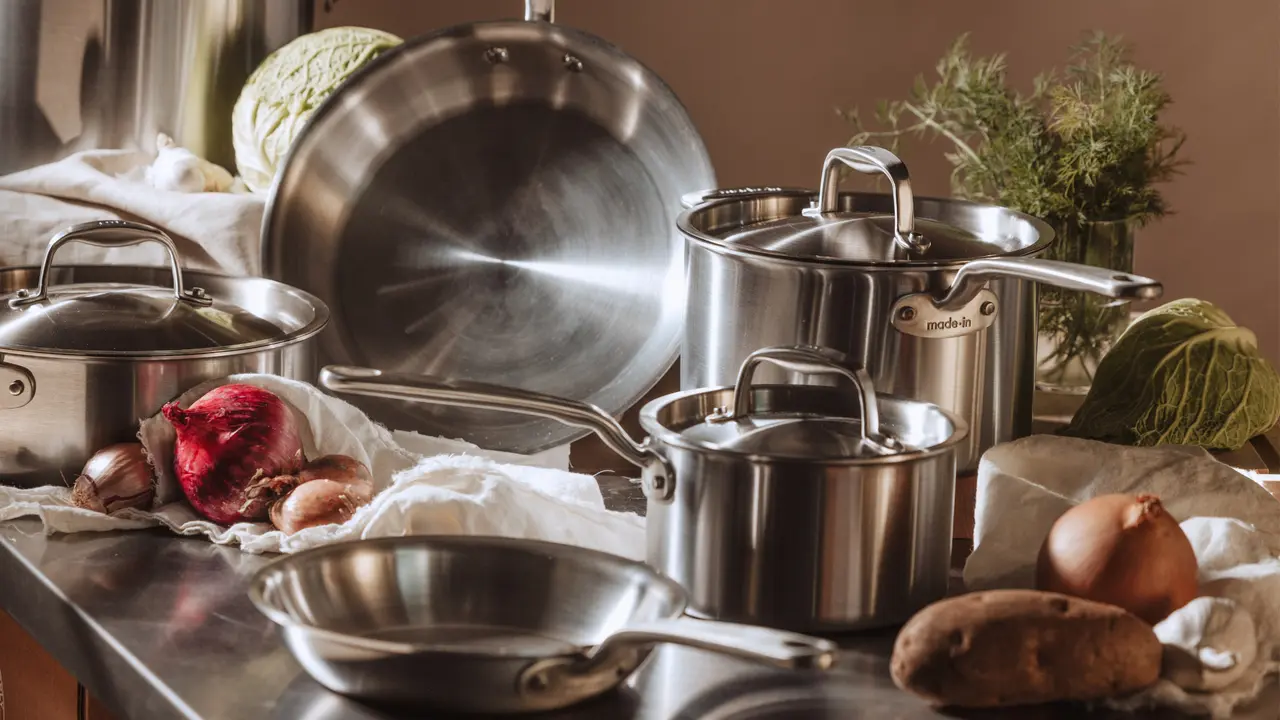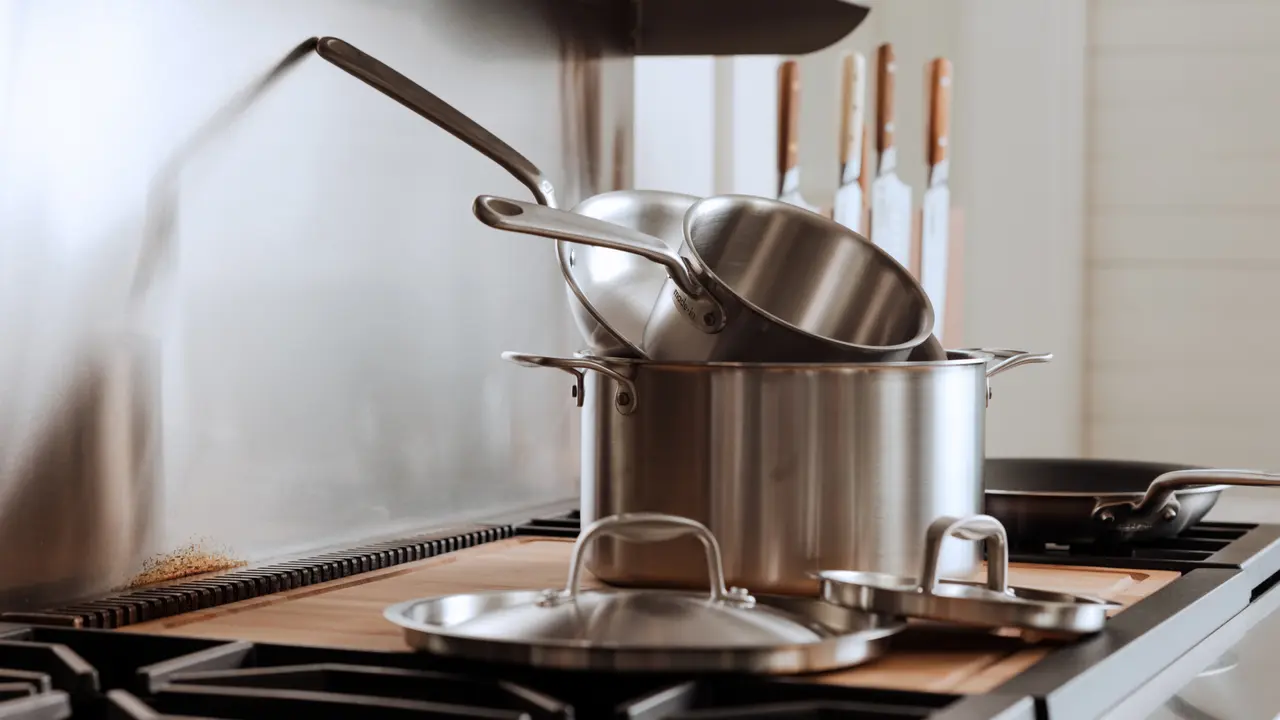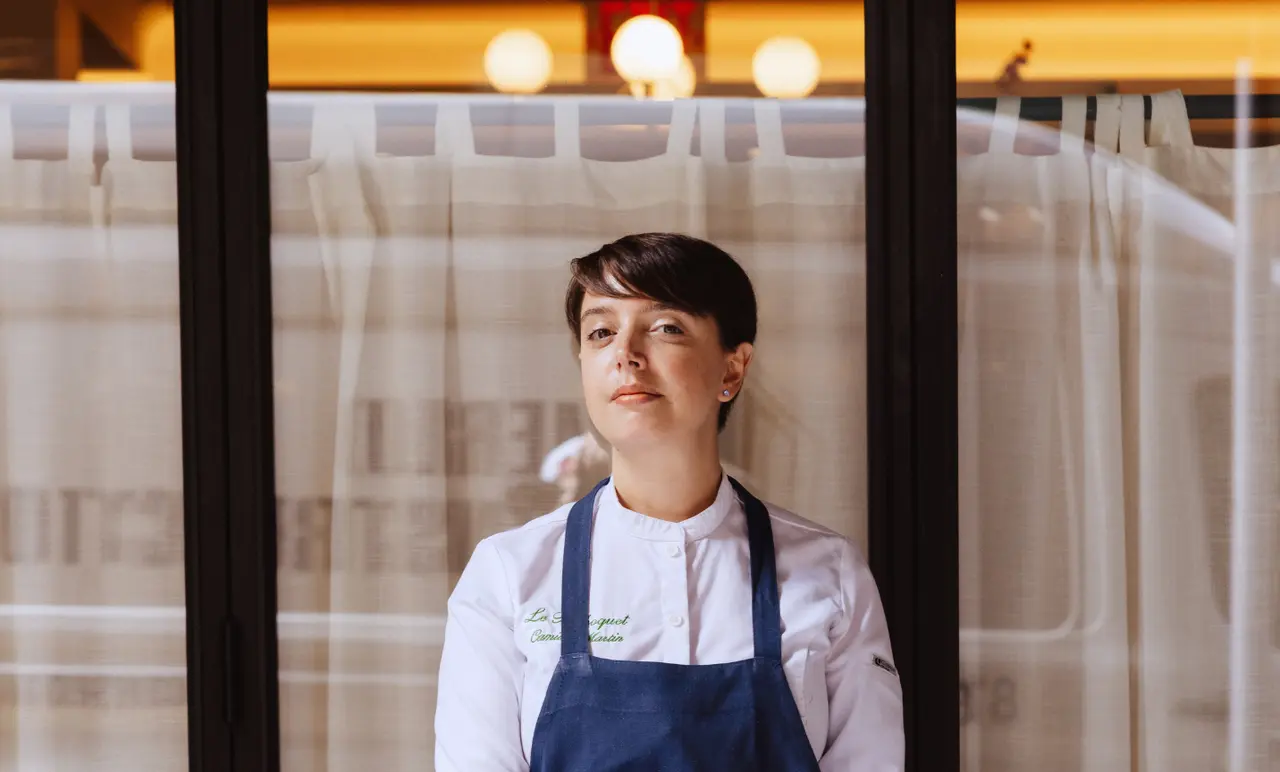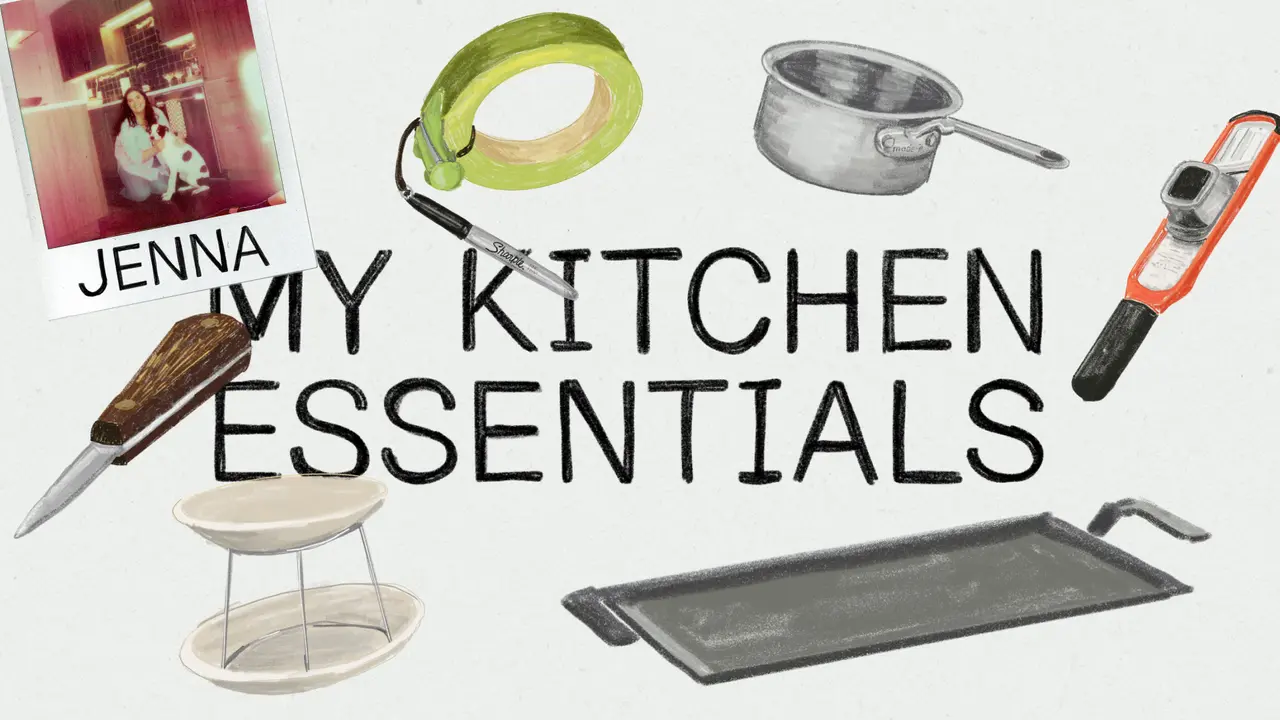The world of wine can be overwhelming to any newcomer, regardless of whether you've been enjoying wine for years or are new to the art of imbibing. If you aspire to become a full-blown oenophile or simply want to get a bit more out of your favorite relaxation ritual, this quick guide to using your senses, applying professional techniques, and choosing the right wine glass will enhance your wine tasting experience and help you taste your way towards cork-masterhood.
The Art of Wine Tasting (A Mindful Drinking Practice)
Wine tasting is so much more than using your tastebuds; it's truly a practice of mindful drinking.
Compare it to mindful eating. Consider how one might eat an orange mindfully by thinking about the tree and farmer that grew it, feeling the peel's texture, and appreciating its vibrant color. Breathing in its sweet aroma and feeling each section of citrusy pulp burst inside the mouth before swallowing and enjoying the fruit’s brightness.
Swirl, Sniff, and Sip
In the same way, a true wine tasting asks us first to read the bottle of wine and examine its label and consider the type of grape, the region, and the process of making that specific variety of wine. We should pour the glass of wine and observe its color. Swirl it, hold your glass to the light, and look at its consistency. Do you see any particles floating around? What type of trails does the wine leave behind as it drips down the side of the glass?
Now, you can take a moment to appreciate the wine's aroma. Sticking your nose into the glass and smelling the wine is like a preview of its flavor, as it involves all of our olfactory senses.
Start tasting by taking a small sip. Swish it gently around your mouth and appreciate how the flavor tastes at first and how it changes in your mouth. Now, you can either swallow the sip to enjoy the way it plays on your back tastebuds or daintily spit it out to clear your palette for tasting a different kind of wine. If you are trying many different types of wine, the latter is recommended.
Wine Serving and Pouring Techniques
You know the basics of tasting, but you're still in danger of committing any number of wine-drinking faux pas.
To Chill or Not to Chill?
Serving temperature has a significant impact on a wine's flavor. As a general rule of thumb, white wine should be chilled, and red wine should not. However, a too-cold white wine can taste flat, and a too-warm red wine can come across as overly acidic.
Aim for the following serving temperatures:
- 45 - 50°F - Most white wines like sauvignon blanc and riesling, sparkling wine, and rosé are best chilled.
- 55 - 60°F - Heavy white wines (chardonnay) and light red wines (pinot noir) are better only slightly chilled.
- 60 - 65°F - Most red wines, like cabernet sauvignon or merlot, taste best at this comfortable room-temperature range.
Pro Tip: Forgot to chill your white wine? Don't panic! You can cool down your glasses by swirling a bit of ice inside and dumping it before pouring.
Selecting the Right Wine Glass
We won't judge you if you prefer your wine straight from the bottle, but the type of glass you drink wine from can improve the wine's flavor and your overall experience.
Red wine glasses are taller and fatter than white wine glasses. This allows oxygen to reach the wine's tannins when swirled, which reduces the wine's acidity. They also direct the wine toward the back of the drinker's mouth for a better flavor experience.
White wine glasses keep the contents cooler longer due to their smaller shape. The shape also helps direct wine to the middle of the mouth for an optimal taste.
Whether it’s a red or white wine glass, make sure the rim’s circumference is big enough that your nose can fit inside for proper smelling.
Holding a Wine Glass
If your wine glass has a stem, use your thumb, forefinger, and middle finger to hold the glass by the stem. This will prevent the heat of your hand from affecting the temperature of your wine.
Perfect Wine Pairings
Choosing a wine has a lot to do with when you plan to drink it (before, during, or after a meal) and what you're eating. When drinking red wine, we think you can’t go wrong with a nice steak, beef bourguignon, and a beautiful charcuterie board. For white wine, we recommend fish, white meat such as chicken or pork, and other lighter options.
Remember to Relax and Enjoy
It's easy to get mired in all the "rules" of wine drinking and appreciation, but don't let yourself get discouraged. The number one rule in wine drinking is to enjoy yourself. So, don't be afraid to be curious and try new wines. Plus, don't let the technical terms overwhelm you. You can always choose your adjectives to describe each vintage's unique qualities. For example, if you don't like the sound of full-bodied, feel free to use the term "big-boned" instead.
Grab your glass, uncork a fresh or fifty-year-old (cha-ching!) bottle, and make a toast to getting the most out of your wine relaxation ritual!























